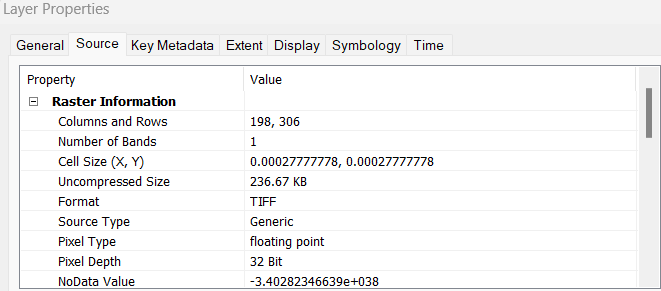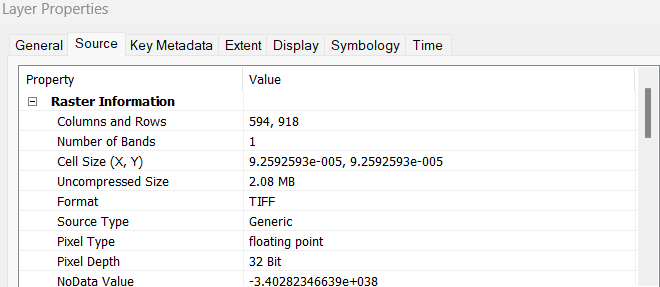If you use the feet to meters conversion of 1 foot = 0.305m instead of the 1 foot = 0.3048m conversion, will there be a significant difference in the elevation information, and therefore, in your analysis?
Solved
Hello everyone, I have two DTM that I would like compare both of them. One of these has been considered as reference data. And this is my question.
Best answer by hkingsbury
The difference in your conversion values is 0.2mm or 0.00787 inches. Over the course of 1000ft, your looking at ~200mm difference (20cm, 0.2m) or 0.656ft.
On a flat plain, that difference is going to be inconsequential because you may only have 100s of ft of elevation change across many many miles.
In a steep area, where you may have 1000s of ft of elevation change across your area of interest, is your spatial resolution really going to be effected by 0.6ft of difference for every 1000ft?
I guess what i'm getting at is what is your use case for the data? this will decide whether you need the extra decimal point of accuracy.
This post is closed to further activity.
It may be an old question, an answered question, an implemented idea, or a notification-only post.
Please check post dates before relying on any information in a question or answer.
For follow-up or related questions, please post a new question or idea.
If there is a genuine update to be made, please contact us and request that the post is reopened.
It may be an old question, an answered question, an implemented idea, or a notification-only post.
Please check post dates before relying on any information in a question or answer.
For follow-up or related questions, please post a new question or idea.
If there is a genuine update to be made, please contact us and request that the post is reopened.






